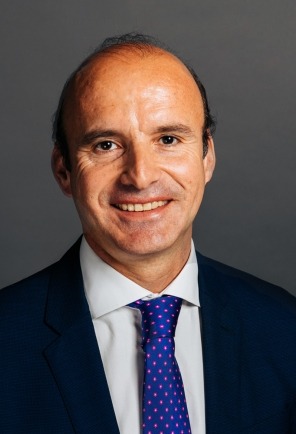October 6, 2022
SPANISH BANKING PULSE DE LA BANCA – Q2 2022: INDUSTRY BENCHMARKS AND TOP PERFORMERS
A&M is delighted to publish the sixteenth edition of the Spanish Banking Pulse Q2 ’22. In this edition, we share results from our research examining the 10 biggest Spanish banks (“top 10”) with regard to their activities within Spain and highlight key performance indicators of the Spanish banking industry.
The Pulse aims to help banking executives and board members stay current on industry trends. As trending topics, we include: 1. status of moratoria and PGS; 2. wave of Cost Inflation; 3. ESG as a business opportunity.
All the data used in this report has been obtained from publicly available sources. The methodology for all the calculations is homogeneous and discussed in the glossary.
Key trends:
Inflation
- In Spain, inflation has been rising since the end of 2019 and has broken the 10% levels since June 2022.
- Last period of high inflation were 50 years ago during the decade of 1973-1983.
- According to the bank of Spain, three factors, which are not entirely independent of each other, can be identified behind the generalized increase in the rate of change of prices: a slowdown in the prices of many goods and services, recovery in economic activity, and the increase in the price of electricity
GDP (€ billions)
- Spanish GDP had been growing since COVID 19 pandemic
- Bank of Spain expects GDP to increase 4.5% in 2022, 2.9% in 2023 and 2.5% in 2024, this would lead to pre-pandemic levels by the end of the year 2022.
- GDP expectations are being reviewed downward during the last semester
EURIBOR 12m (%)
- Inflation is prompting the ECB to increase interest rates with official rates of the deposit facility standing at 0.75% after the September review.
- Euribor 12 months is already trading at 2.3% signal of future rate increases ahead.




